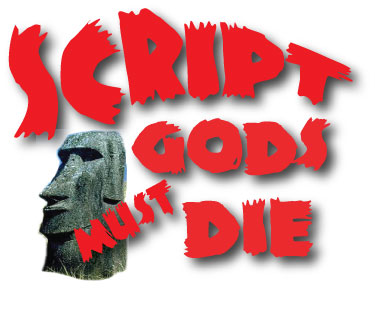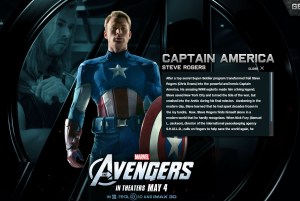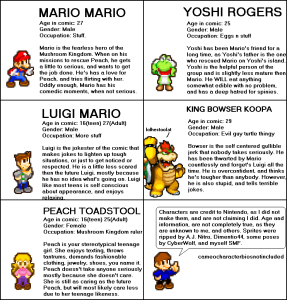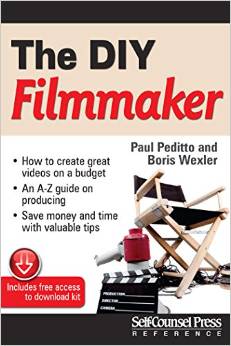So you’ve got an idea for a screenplay. You’re ready to write it but you’re not sure how to get started. It’s intimidating so you buy a couple screenwriting books, look in on a few of the 10,001 screenwriting websites and blogs, read the message boards on Black List or Done Deal Pro diligently, take a class, attend a seminar, maybe try a tutorial or a webinar, and of course pay consultants to tell you the best way to go about it. It won’t be easy and you’ve never done it and your head is spinning from all the advice already…
Folks, take a breath. And let’s step off…far from the maddening crowd.
If you’re at Idea Stage, here’s what you need to do: Play to your strength. As you sit here today you’ve got the idea for what the story might be. You’ve also got, most likely, some or all of the characters populating this world in your mind. Sit down now and write Character Biographies. This will be a page or two description of who each character will be. This will help develop the arcs of the characters–their journeys from Point A to Point Z–which will define the world you’re going to write. So let’s get organized and get going on this…
I want throw out of the concept of breaking down characters looking OUTSIDE-IN. What SEEMS to be reality vs. what IS reality.
People are not as they appear to be. There is a veneer, a front, a lie, a witches brew of ingrediants to any character. Complexity, by definition, means you’re pouring some badness into your good guys, and some goodness into your serial killers. Why is Hannibal Lecter so fascinating? Because the dude is suave, just before he munches on your face. Tony Montana might be a psycho drug-dealing killer, but when it comes time to blow up some kids during an assassination, he draws a line, which eventually gets him killed.
Draw your characters from the outside-in. Start with the biggest character, your protagonist. How does he/she appear to the world? Write that down. What does their life look like 24/7? Where are they during the course of the movie? Down on paper go all the locations. Who are the important people in their lives and how do we see them? Write it down. Now think about who they are on a deeper level…what does he/she love? What are they hiding? What are their wants and needs? Who or what is stopping them from attaining those needs? This leads to the antagonist, if there is one.
Remember that conflict can come from many sources. Sure, there’s man vs. man, but there’s also man vs. himself, man vs. nature, man vs. technology, etc. This isn’t brain surgery–I’ll give you three guesses on who the antagonist is in Twister.
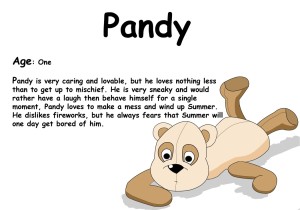 Work the Antagonist now. Write down how they appear to the outside world, physically, economically, sociologically. What defines them? What is their world 24/7, the locations we’ll find them in? Now to the insides–what do they want that puts them in direct conflict with the protagonist?
Work the Antagonist now. Write down how they appear to the outside world, physically, economically, sociologically. What defines them? What is their world 24/7, the locations we’ll find them in? Now to the insides–what do they want that puts them in direct conflict with the protagonist?
Now move into the Secondary Characters. I like to think of subplot characters are tributary rivers moving into, and out of, the Mississippi river. Take a guess who the Mississippi is? Correct, the protagonist. All subplot characters exist to define and forward the journey of the Hero, your protagonist. Secondary characters might be on screen for less time but it doesn’t mean their journeys are ill defined. They, too, should have a beginning, middle, and end. They too should be broken down by how they appear to the world, and who they actually are, deep down.
Character biographies should absolutely have backstory information. The fact that something happened before the movie doesn’t mean it’s not important to understanding the character. Think about the Russell Crowe character in L.A. Confidential. The beating death of his mother by his father was utterly formative and instrumental to his character. It’s central to Crowe’s motivations, and it happened decades before the movie started. Feel free to take the character biography back as far you think you need.
Now that you’ve sketched out the characters with basic biographies, look at the character arcs. The A to Z journey of each character. Does the protagonist fundamentally change during the course of the movie? Inevitable change is crucial to the Hero’s Journey. Many a great movie doesn’t have resolution, but very few have POV characters whose worldview doesn’t change during the course of the movie.90+% of all movies have this fundamental protagonist change. Without it, what’s the point of the journey? Even worse, why am I dragging my ass out to a movie theater and paying $12 + parking to see your movie?
There are no absolutes in screenwriting. Sure, there are movies where characters don’t change. Tony Montana in Scarface, phenomenal character, starts out as a take-no-shit killing machine and ends that way, but look at what happens to his world. From Cuban political prison and dishwasher to international drug lord. That is a journey! Harrison Ford’s character in The Fugitive is a loving husband whose wife is murdered. He ends up as the same essentially good guy, a loving husband, internally little changed. But look at his journey in proving that…that’s the movie! Internally little changed, but his world, and ours, rocked.
 So, write the character bios, inside-out approach. Then write the character arcs for the protagonist and antagonist, and the major secondary characters. A to Z journeys for each. Make sure that every subplot character is necessary. How do you know that? Secondary characters must advance story or protagonist’s journey. If they’re not pushing story or character, they’re gone.
So, write the character bios, inside-out approach. Then write the character arcs for the protagonist and antagonist, and the major secondary characters. A to Z journeys for each. Make sure that every subplot character is necessary. How do you know that? Secondary characters must advance story or protagonist’s journey. If they’re not pushing story or character, they’re gone.
So you’ve got your Principle and Secondary characters mapped out, with full A to Z journeys including all the locations of the movie. What now?
Make a sandwich. For each character visualize the scenes we’ll see them in during the course of the movie. Write them down. I do this individually, seeing each character clearly, writing down their movie’s journey, every scene. I work on the protagonist’s arc first, then move down to the secondary characters. Once you have all the character scenes, it’s a matter of folding the movie together, like a sandwich–figuring out what goes where.
Outlining the screenplay is where industries upon industries, books upon books, have been written. Organizing the movie in your mind. It’s why everyone and their Aunt Ethel has read SAVE THE CAT, or Syd Field or Robert McKee. This is the landscape of the guru, but honestly, it needn’t be complicated. You just have to get your arms around the thing.
Character bios are a great place to start.
